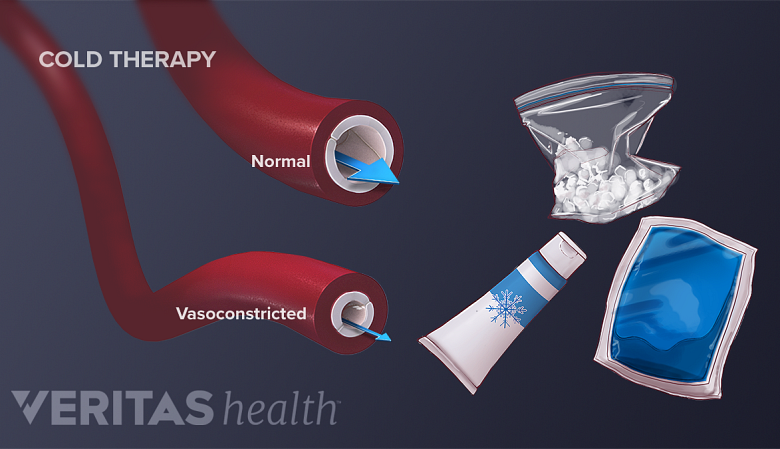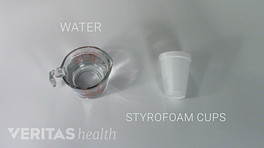Painful arthritis inflammation can be treated with a cold compress. This is an inexpensive, effective treatment that can be used many times a day or occasionally, as needed.
In This Article:
- Applying Heat vs. Cold to an Arthritic Joint
- When and Why to Apply Heat to an Arthritic Joint
- 9 Easy Ways to Apply Heat to an Arthritic Joint
- When and Why to Apply Cold to an Arthritic Joint
- 3 Types of Cold Packs for Arthritis
- Video: How to Make a Gel Ice Pack
- Video: How to Make an Ice Massage Applicator
- Video: How to Make a Homemade Heat Pack
Cold therapy constricts the blood vessels in the muscles. This constriction decreases blood flow to the affected area and helps to reduce inflammation.
Cold therapy can:
- Decrease inflammation. Cold causes the blood vessels of the muscles to constrict, and can therefore decrease the flow of blood and help reduce inflammation.
- Slow the production of joint fluid. Synovial joint fluid is essential to a healthy joint, but too much can contribute to swelling and discomfort. Applying a cold compress to a resting joint can slow the production of joint fluid.
- Distract the brain from the inflammation. Cooling an inflamed joint can stimulate sensory receptors in the skin and decrease the transmissions of pain signals to the brain.
How long should cold be applied?
An ice or cold pack may be applied for no more than 20 minutes at a time, but this process can be repeated throughout the day—up to 8 or 10 times in a 24-hour period.
Cold application precautions
Applying ice or another cold source directly against the skin can injure the skin. To avoid skin damage, some precautions may be taken:
- Do not apply ice directly to the skin. A towel or other protective barrier can be used between the ice and skin. Cold therapy should not be painful to the skin.
- Limit the cold therapy to no more than 15 or 20 minutes at a time.
- People with certain conditions may be advised to avoid ice application, such as people who have:
- Raynaud’s Syndrome
- Cold allergic conditions
- Paralysis or areas of impaired sensation (i.e. nerve damage)
For some people, alternating heat therapy with cold application provides the most pain relief.












